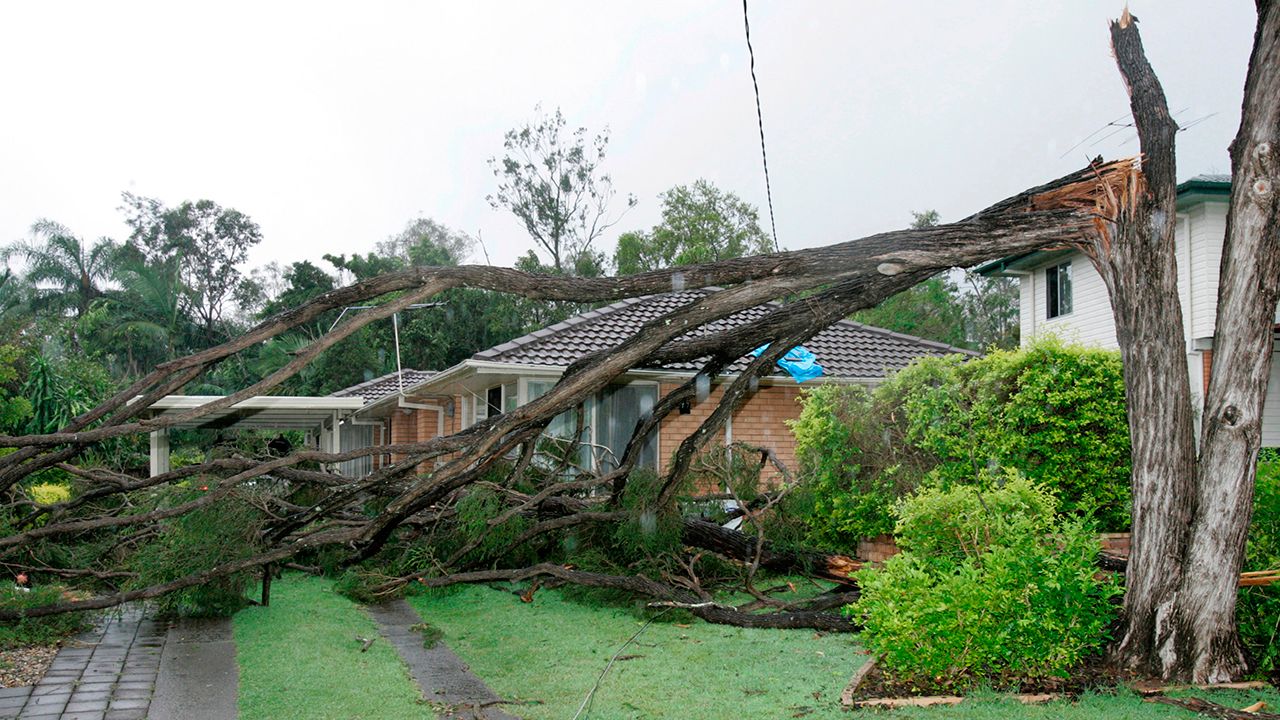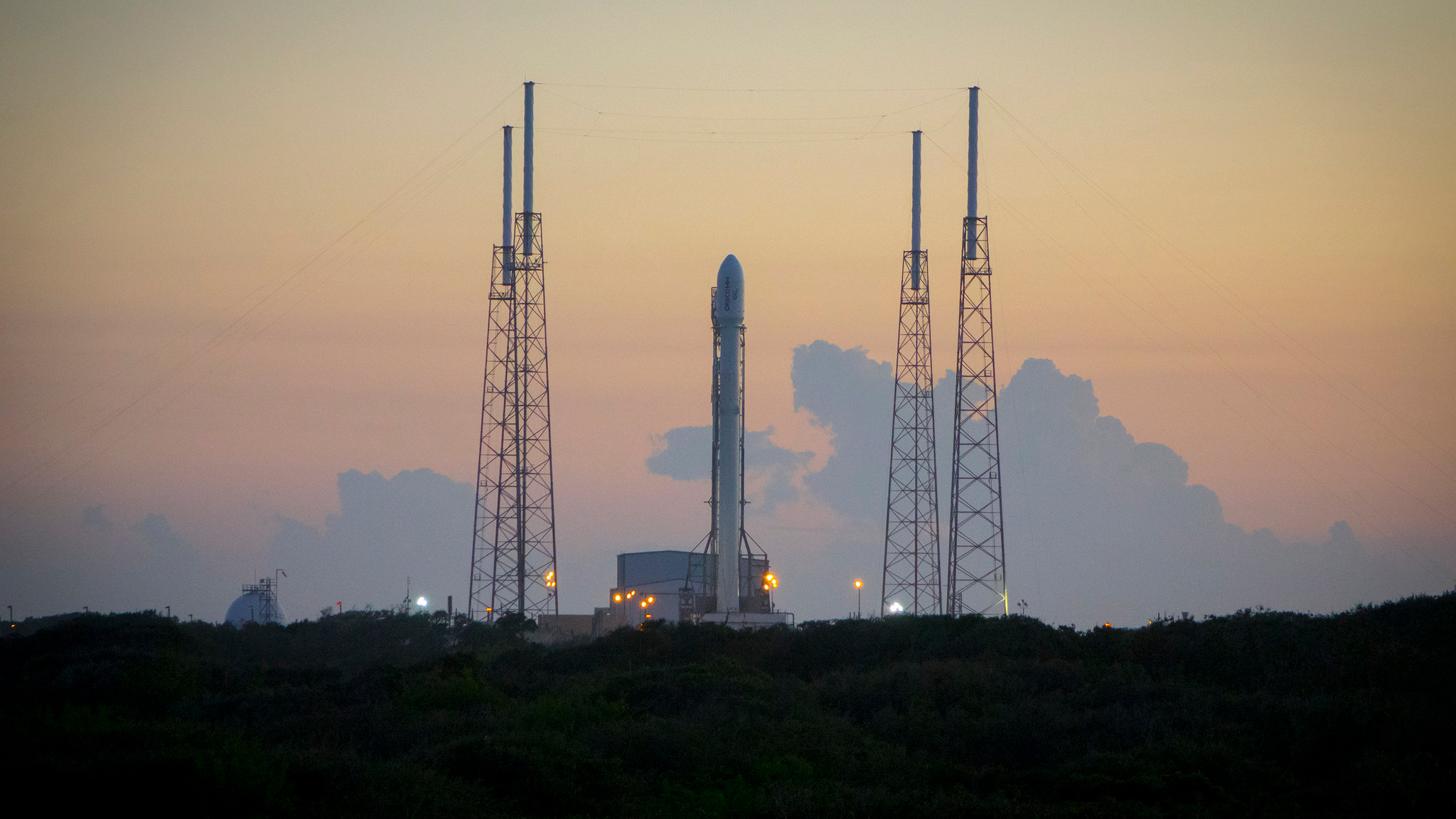We're right in the middle of Severe Weather Awareness Week, as temperatures continue to warm and the threat of storms increases across Ohio. While the Buckeye State sees nearly every type of severe weather, lightning fatalities are high in this part of the country.
What You Need To Know
- Lightning can strike miles ahead or behind a moving thunderstorm
- Always immediately seek shelter inside when lightning strikes
- Once inside, stay off corded phones and try not to use plumbing
- A lightning protection system can be costly but help protect a structure from a direct hit
Nationally, excessive summer heat, dangerous flash flooding, and massive tornadoes take the top 3 spots each year with severe weather fatalities. But, in some parts of the country, including the Ohio Valley, the number of deaths caused by lightning each year is often #1 on the list.
Dangerous cloud-to-ground lightning can strike dozens of miles ahead, or behind, a thunderstorm. Often, lightning strikes people right as they let down their guard.
Let's talk safety first, and let's be honest. We all know the basics, right? Don't take shelter under a tree, and don't touch anything metal if you're outside. But, there's more to it than that.
So many of us encounter storms while we're outside.
It's imperative that no matter what, you seek shelter immediately inside once you see lightning or hear thunder. Are you near your vehicle instead? Get in! There's no safer place than inside a building or a car if a storm rolls on through.
The hard truth: you're NOT safe anywhere outside. Take a look at what lightning can do to a tree when struck; You don't want to be anywhere near that!

Once you are inside, you are mainly safe but still need to avoid anything that conducts electricity, including corded phones, computers, and showers during a bad thunderstorm.
While the chances are low that lightning strikes your house grid or plumbing, it has happened, and people have been injured or killed in the past.
It's always best to wait out the storm and be safe before using any object, device, or appliance that conducts electricity.
By the way, this means using your cellphone to track the storms or watching us live on your Spectrum News app is perfectly safe from the comfort of your home.
In some cases, what you think you may have heard may not only be wrong but dangerous if taken seriously.
Let's start first with a common one: lightning never strikes the same place twice. That's an old saying, a myth, and 100% not true.
Lightning repeatedly strikes the same areas twice, especially if we're talking about a tall, pointy object like, let's say, skyscrapers. Skyscrapers all across major Ohio cities have seen repeated strikes as well.
Here's another one: A car's rubber tires can protect you from lightning. While it's true that being inside a car is safe, it's the metal roof and sides around you that divert the electricity back to the ground. Tires have very little to do with it.
On that note, anything open, like motorcycles, convertibles, and cars with plastic shells, offer no protection from lightning.
Here's a myth I talked to someone about last week: surge suppressors protect a home from lightning. I'm not sure where this one came from, but unless used in conjunction with a lightning protection system, they cannot stop lightning from hitting your home.
Computers, monitors, and other electronic equipment connected to them may be protected from power surges and data loss if lightning does indeed strike.
A lightning protection system protects buildings and other structures from damage due to strikes by safely passing the high currents directly to the ground. A lightning rod is a simple conductor, first conceptualized by the Czech scientist Prokop Divis in 1753.
Here's a simple visual of what a lightning rod can do:
More advanced protection systems exist nowadays to keep currents away from buildings and protect them from fires that often result from direct strikes. There are several parts of a lightning protection system that play different roles: the air terminals (commonly known as the rods), bonding conductors, ground terminals, and connectors that tie the entire system together.
While many large-scale structures have complicated lightning protection systems in place, like the launch pads at Cape Canaveral (see below), they are expensive and not suitable for private homes and businesses.

That said, smaller-scale buildings such as barns and houses can install an LPS in the form of a lightning rod, which helps provide a conductive path of the current down to the ground. Often, these are installed on the roof and will significantly reduce the chances of electrical fires and damage from direct strikes.





